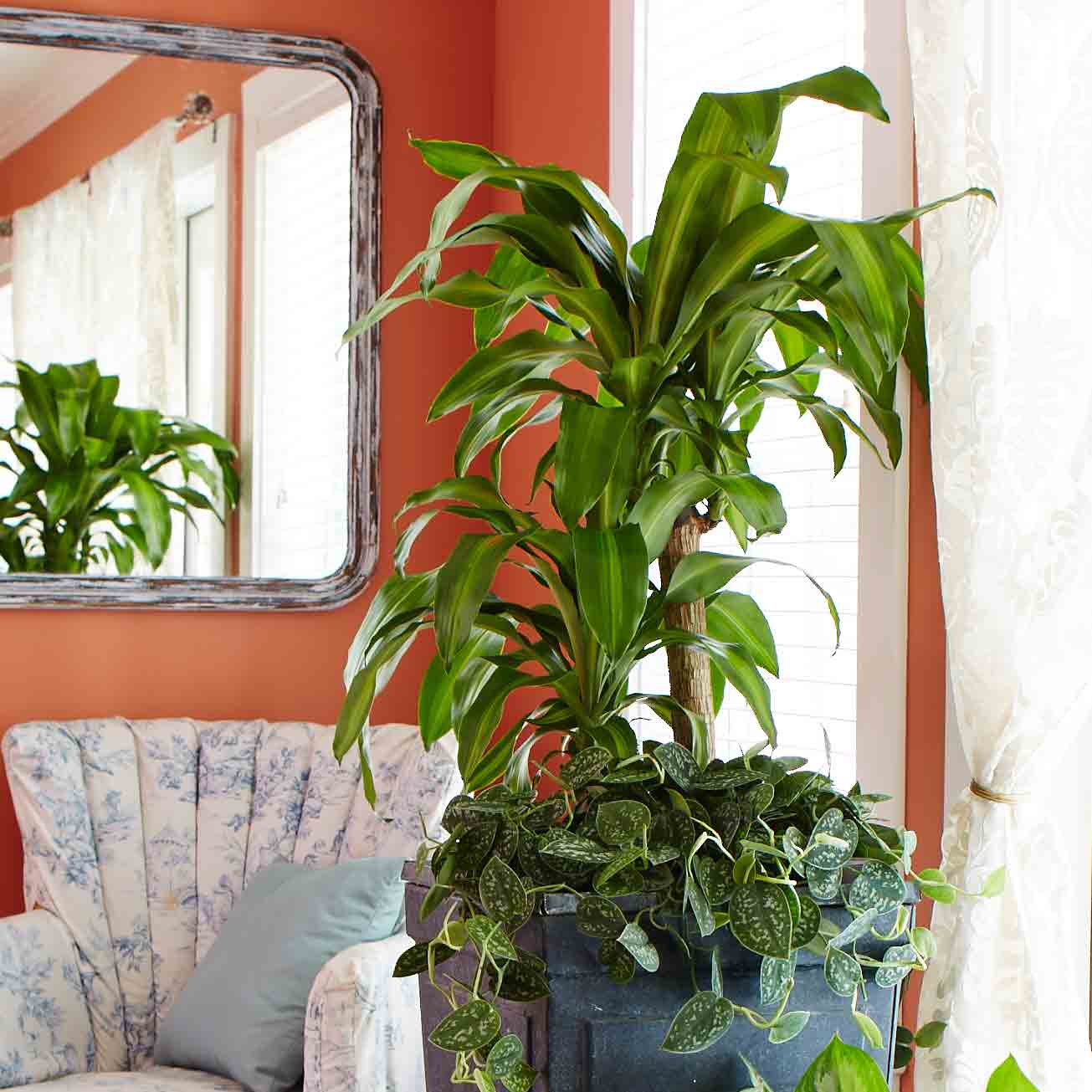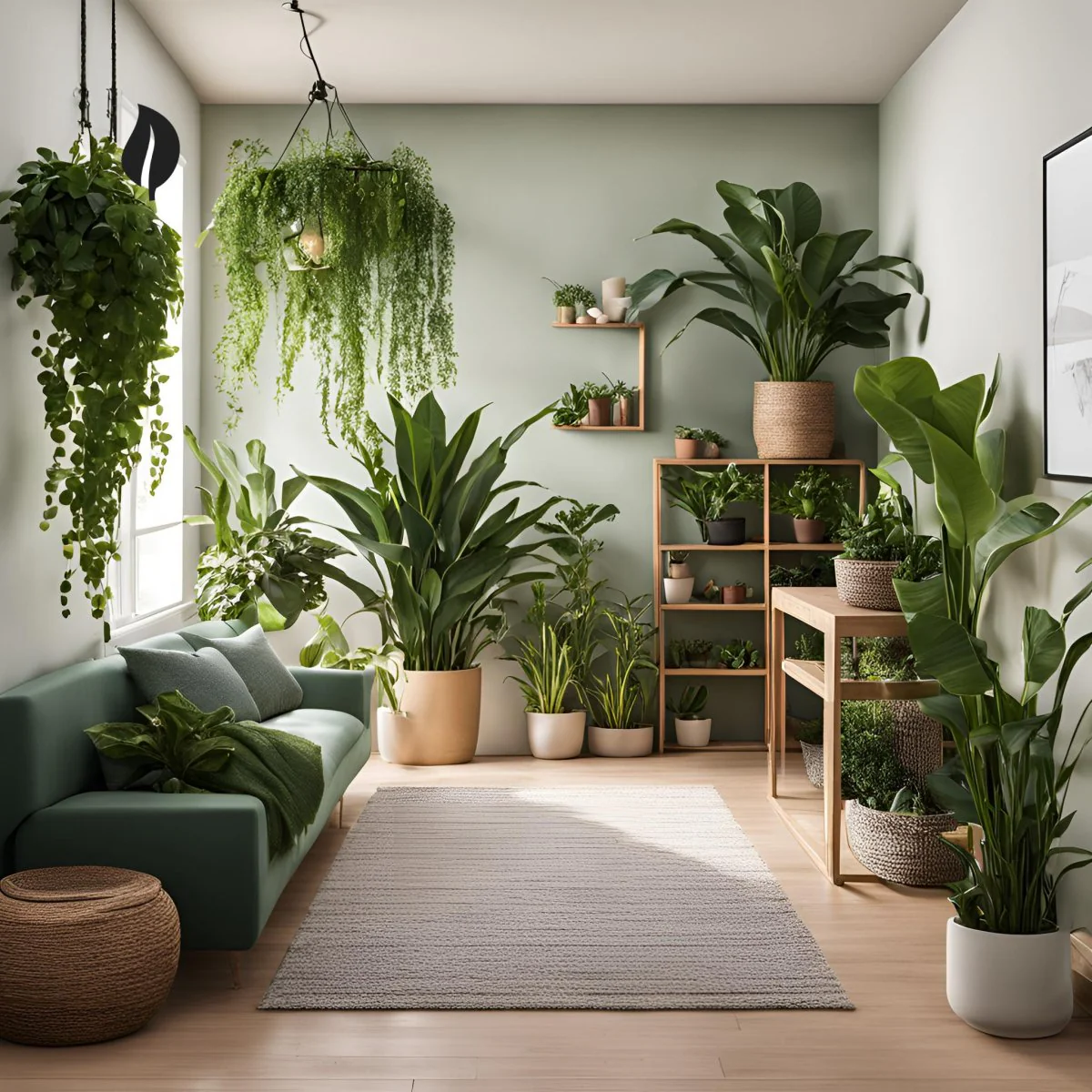The Best Low-Light Indoor Plants for Beginners and Busy Plant Owners
The Best Low-Light Indoor Plants for Beginners and Busy Plant Owners
Blog Article
Transform Your Home With Beautiful Low-Light Indoor Plants and Their Benefits
Including low-light interior plants into your home can considerably boost both the visual and environmental quality of your living spaces. These plants, which thrive in dark problems, offer not just as ornamental aspects however likewise as natural air purifiers, making them suitable for metropolitan residents or those with limited sunlight exposure. As we discover the numerous sorts of low-light plants and their benefits, you may discover unexpected ways to incorporate them right into your home that can change your surroundings in ways you may not have actually anticipated.
Benefits of Low-Light Plants
Low-light plants use many benefits for interior atmospheres, making them an excellent option for both beginner and skilled gardeners. Among the main benefits is their adaptability to low-light problems, enabling individuals to boost their living spaces without the requirement for comprehensive sunlight direct exposure. This characteristic makes them ideal for houses, offices, and various other areas with minimal natural light.
:strip_icc()/philodendron-b37371f3-c7eb0d91eedb4946b5854c08914dc82c.jpg)
Moreover, incorporating low-light plants into home decor can boost the visual appeal of a space. Their lush foliage and varied textures create a calming environment, contributing to overall well-being. Finally, the visibility of plant has actually been connected to lowered stress and anxiety degrees and boosted productivity, making low-light plants a practical choice for improving both physical and psychological wellness in interior setups.
Top Low-Light Indoor Plants
While numerous interior plants thrive in brilliant light, numerous species are specifically appropriate for low-light problems, making them perfect for numerous interior spaces. One prominent choice is the Snake Plant (Sansevieria), understood for its striking upright fallen leaves and resilience, requiring marginal treatment. Another exceptional alternative is the Pothos (Epipremnum aureum), which features heart-shaped leaves and can track beautifully from shelves or wall mounts, thriving in low light and adding a rich touch.
The ZZ Plant (Zamioculcas zamiifolia) is commemorated for its shiny fallen leaves and ability to hold up against disregard, making it excellent for busy lifestyles. Likewise, the Tranquility Lily (Spathiphyllum) not just tolerates reduced light yet additionally produces stunning white blooms, enhancing any type of space's aesthetic.
For a distinct touch, think about the Cast Iron Plant (Aspidistra elatior), which undoubtedly measures up to its name, flourishing in the darkest edges of your home. The Chinese Evergreen (Aglaonema) provides a variety of fallen leave patterns and shades while being remarkably forgiving in low-light conditions. These plants not just enhance interior settings but additionally add to air filtration, improving your home.
Care Tips for Low-Light Plants

Watering techniques are crucial; these plants frequently choose somewhat dry conditions. Overwatering can bring about root rot, so guarantee that the leading inch you can find out more of dirt is dry before watering once again. Usage pots with water drainage openings to allow excess wetness to escape.
Humidity is one more important variable. Several low-light plants, such as brushes and tranquility lilies, take advantage of greater humidity levels. To raise moisture, consider misting the leaves or placing a tray of water near the plants.
Fertilization should be come close to with care. Throughout the growing period, use a weakened, balanced fluid fertilizer monthly to support development, however stay clear of fertilizing throughout the dormant cold weather.

Creative Ways to Display Plants
Indoor plants can function as captivating prime focus in any area, enhancing both visual allure and setting. Creative display screens can elevate the visual influence of low-light plants, making them an integral component of your home decor. One effective method is to make use of tiered plant stands, which permit you to display multiple plants at differing heights while making the most of floor area.
Hanging planters are one more ingenious option, creating a sense of depth and attracting the eye up. Think about macramé hangers or wall-mounted racks to introduce a special appearance and style.
For a much more structured strategy, use geometric terrariums or glass containers to house your plants, including a modern-day touch to your interior yard. You can additionally repurpose classic items, such as teacups or wood crates, for an eclectic screen that reflects your personality.
Enhancing Home Ambiance With Plants
Incorporating low-light plants right into click here for more info your home not only enhances aesthetic allure but likewise contributes substantially to the total atmosphere. These plants work as all-natural decoration components, introducing a feeling of serenity that can transform any space. The existence of plant cultivates a calming ambience, which is specifically useful in high-stress atmospheres such as office or living rooms.
Low-light plants, such as snake plants, pothos, and ZZ plants, are not only aesthetically pleasing yet also improve indoor air high quality by filtering pollutants. This double function enhances the atmosphere better, producing a healthier home (Best low-light indoor plants). The critical placement of these plants can also influence the assumption of room; for circumstances, high plants can attract the eye upward, making ceilings show up higher and areas more sizable
In addition, differing appearances and colors of vegetation add deepness to indoor layout, enabling for imaginative expression in home designing. Whether positioned on shelves, in edges, or as centerpieces, low-light plants can elevate the mood of any space. In recap, including these plants into your home is a reliable way pop over to these guys to promote a cozy, welcoming environment while profiting of boosted air top quality and aesthetic versatility.
Final Thought
Including low-light interior plants right into home environments provides numerous benefits, consisting of boosted aesthetic allure and enhanced air quality. These resistant plants, such as the Snake Plant and Tranquility Lily, require minimal light and maintenance, making them appropriate for diverse way of lives. Their capacity to filter toxins adds to a healthier home, while their varied textures and shades improve indoor style (Best low-light indoor plants). Inevitably, the addition of low-light plants fosters a serene and inviting setting, changing any kind of home into a tranquil oasis.
While several indoor plants flourish in intense light, a number of varieties are especially appropriate for low-light problems, making them optimal for various interior spaces. One effective approach is to utilize tiered plant stands, which permit you to showcase several plants at differing heights while taking full advantage of flooring area.
Low-light plants, such as snake plants, pothos, and ZZ plants, are not only cosmetically pleasing yet additionally enhance interior air high quality by filtering toxins. Best low-light indoor plants. The tactical positioning of these plants can also affect the assumption of room; for circumstances, high plants can draw the eye up, making ceilings appear greater and spaces a lot more sizable
These durable plants, such as the Snake Plant and Peace Lily, need minimal light and maintenance, making them ideal for diverse way of livings.
Report this page